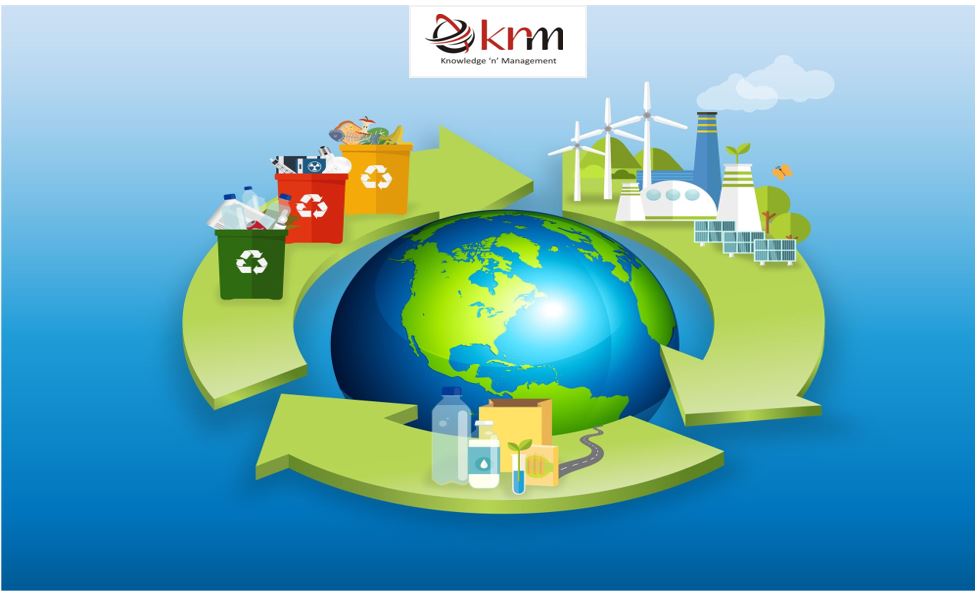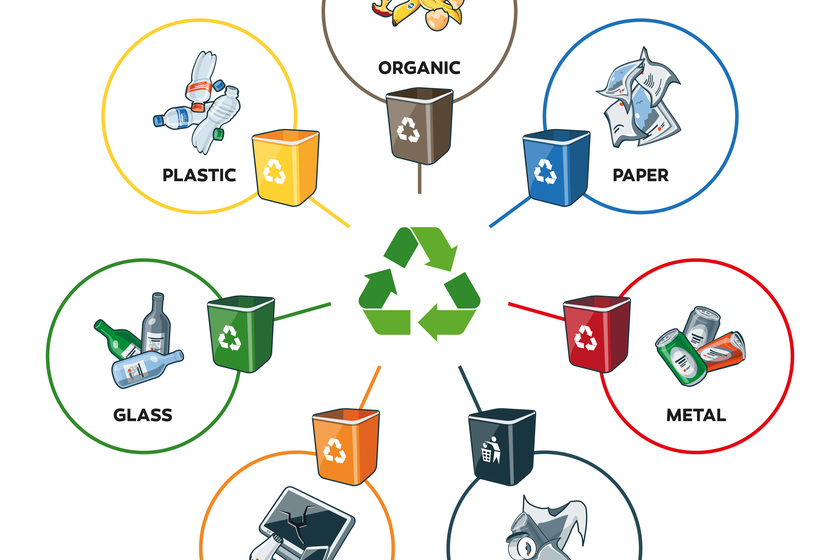The Effect of Recycling Lives Services on Communities and the Atmosphere
The Effect of Recycling Lives Services on Communities and the Atmosphere
Blog Article
Recognizing the Classification and Handling of Various Kinds of Waste
Efficient waste management is crucial for ecological sustainability, needing a detailed understanding of the category and handling of different waste types. Household waste, commercial spin-offs, dangerous products, digital refuse, and natural remnants each demand unique protocols to ensure safety and security and lessen environmental damage.

Household Waste
Family waste, encompassing a wide array of thrown out materials produced from day-to-day living activities, stands for a considerable part of the overall waste stream - recycling lives services. This classification consists of organic waste such as food scraps, lawn trimmings, and paper products, alongside not natural products like plastics, metals, and glass. The varied nature of house waste necessitates effective category and monitoring to mitigate environmental influence and promote sustainable living techniques
Reliable family waste administration starts with partition at the source, helping with recycling, composting, and secure disposal. Organic waste, for example, can be composted to produce nutrient-rich dirt amendments, reducing garbage dump concern and enhancing dirt health. Recyclable products, including paper, glass, and specific plastics, can be processed and repurposed, minimizing and saving resources energy consumption connected with new product production.
In addition, dangerous house waste such as batteries, electronic tools, and cleansing chemicals needs specialized handling to avoid soil and water contamination. Public understanding projects and convenient disposal choices play essential duties in making sure correct disposal and recycling of these materials. By carrying out durable waste reduction methods and fostering community engagement, towns can significantly alleviate the environmental footprint of family waste.
Hazardous Waste
Industrial waste, a major factor to international waste generation, encompasses a varied variety of materials produced by manufacturing, construction, and other industrial tasks. This group consists of byproducts such as scrap metal, plastics, rubber, chemicals, and other deposits. The make-up and quantity of industrial waste can vary considerably depending upon the market and manufacturing procedures entailed. Reliable management of industrial waste is essential for lessening environmental effect and promoting sustainable methods.
The handling of hazardous waste commonly entails numerous processes: collection, partition, disposal, and therapy. Collection systems are created to efficiently gather waste products from different sources within a commercial procedure. Partition is vital, as it makes sure recyclable materials are separated from non-recyclable ones, which can be routed in the direction of suitable recycling or disposal channels. Therapy processes, consisting of physical, chemical, and organic approaches, are employed to decrease the toxicity, quantity, and environmental influence of the waste. Disposal methods like landfilling or incineration are used for waste that can not be reused or treated.
Taking on approaches such as waste minimization, source recuperation, and recycling can substantially reduce the problem of hazardous waste on the setting, adding to more sustainable commercial practices.
Hazardous Waste

Corrosive wastes can harm or destroy living products and tissues. Combustible wastes can quickly fire up, posturing fire dangers, while reactive wastes can trigger explosions or release harmful gases upon call with other materials.
Efficient contaminated materials administration involves a number of key methods: identification and partition of dangerous products, safe transport and storage space, and suitable therapy and disposal. Treatment approaches may consist of chemical neutralization, stablizing, and incineration. Regulative conformity is discover this important, led by frameworks such as the Resource Preservation and Recovery Act (RCRA) in the United States, which makes certain environmentally sound and secure monitoring of harmful waste.
Digital Waste
Digital waste, commonly abbreviated as e-waste, stands for an expanding challenge in waste administration because of the quick obsolescence of technology. This category includes a broad series of thrown out electronic devices, including mobile phones, computers, televisions, and family home appliances. The intricacy of e-waste depends on its make-up; these things have a combination of valuable materials such as gold and copper, as well as dangerous compounds like mercury, lead, and cadmium.

Legislation and laws, such as the European Union's Waste Electronic and electric Equipment (WEEE) Regulation, goal to promote liable e-waste management. These plans mandate producers to promote the collection and recycling of electronic items, thus reducing the problem on garbage dumps and decreasing environmental contamination.
Organic Waste
Organic waste, incorporating naturally degradable products such as food scraps, yard trimmings, and farming residues, makes up a considerable portion of the community strong waste stream. This type of waste is noteworthy not just for its volume yet also for its prospective ecological impact otherwise managed properly. Organic waste can decay anaerobically in landfills, creating methane, a powerful greenhouse gas contributing to environment change.
Proper handling of natural waste entails a number of methods. Furthermore, diverting food waste from garbage dumps official source through contribution programs can alleviate food instability while decreasing waste.
Municipalities and businesses are increasingly recognizing the relevance of natural waste administration. Carrying out detailed natural waste recycling programs not only mitigates ecological effects however also straightens with more comprehensive sustainability objectives, advertising a circular economic climate where resources are constantly recycled and repurposed.
Verdict
Effective waste monitoring and environmental defense require a comprehensive understanding of the category and handling of various waste kinds. Carrying out appropriate techniques for each waste kind makes sure liable and secure waste administration techniques, ultimately contributing to the security of ecosystems and public health.
Efficient waste monitoring is pivotal for environmental sustainability, requiring a thorough understanding of the classification and handling of various waste types.Family waste, incorporating a broad range of disposed of products created from everyday living tasks, stands for a significant element of the general waste stream.Industrial waste, a significant helpful resources contributor to worldwide waste generation, incorporates a diverse range of materials created by manufacturing, construction, and other industrial tasks (recycling lives services).Hazardous waste, an essential problem in waste monitoring, comprises materials that pose significant risks to human health and the environment due to their poisonous, harsh, combustible, or responsive homes.Organic waste, incorporating biodegradable products such as food scraps, backyard trimmings, and agricultural residues, constitutes a substantial section of the metropolitan solid waste stream
Report this page